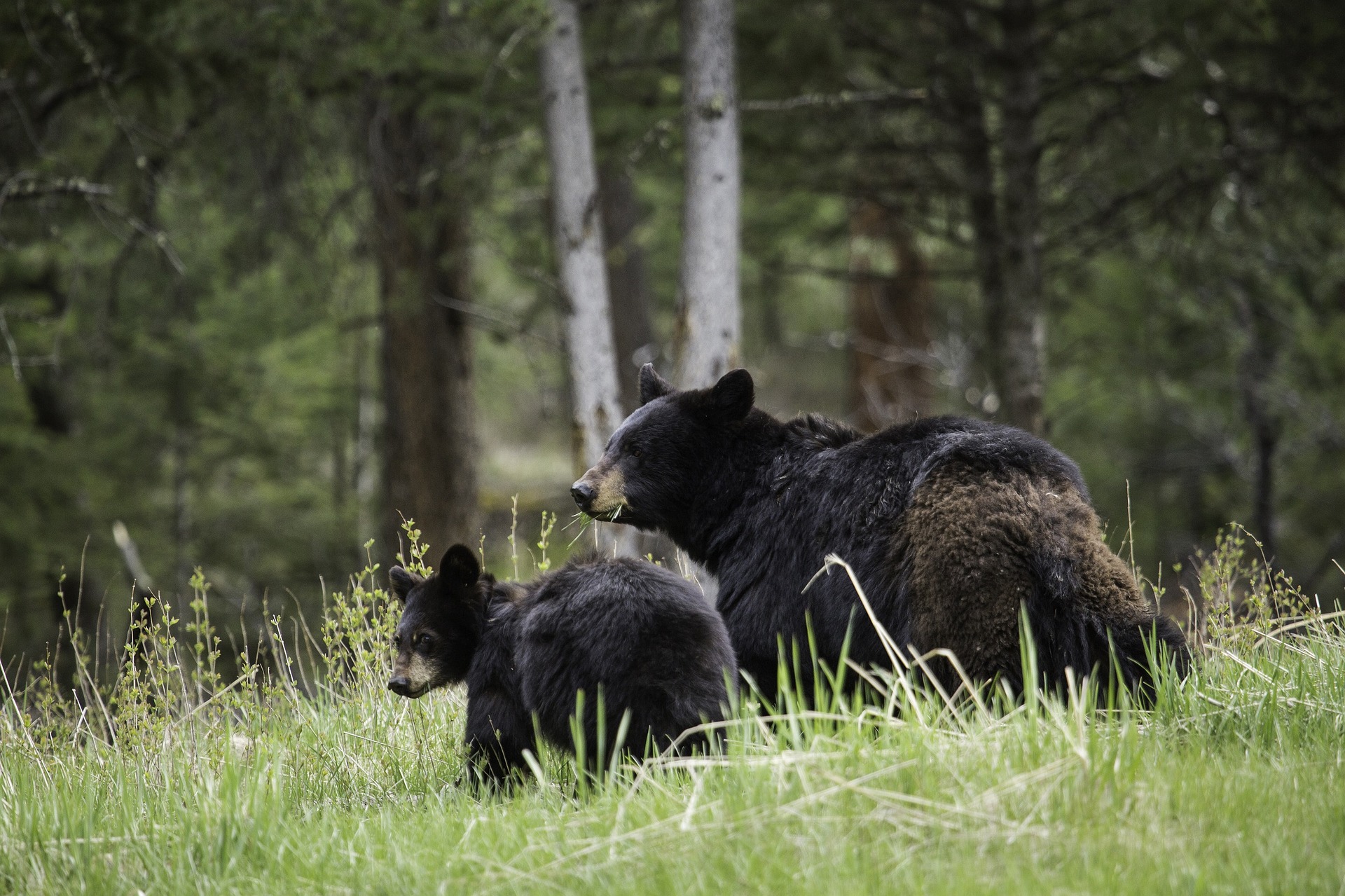Pennsylvania’s black bear population is booming.
The population has increased from around 4,000 in the 1970s to about 18,000, according to the Pennsylvania Game Commission. “With that rising population comes human-wildlife conflict,” said Rob Lonsinger, an assistant professor in the South Dakota State University Department of Natural Resource Management and a Pennsylvania native.
In 2002, Pennsylvania held its first bear hunting season in more than 50 years. Despite a record-setting harvest of 4,350 bears in 2011, wildlife officials have “not seen the dramatic declines in the population they expected,” said Lonsinger, noting “females are the limiting factor in terms of growth rate.”
Last fall, the statewide bear hunting season was extended from approximately two weeks to 32 days. The muzzleloader season began in October, with an early November archery season and then in late November, a rifle season. “The idea behind this is by late November females are already starting to den. Starting the season sooner might increase the female harvest,” Lonsinger explained.
With 4,577 bears harvested by Dec. 9, 2019, this may be the largest bear harvest in state history. However, he pointed out, “We have not yet figured out if the increase is in males or females harvested.”
Brandon Snavely, a wildlife biologist aide at the Pennsylvania Game Commission, has already begun collecting data and will work on the project as a master’s student in the SDSU Department of Natural Resource Management. The researchers will deploy GPS collars on at least 40 female black bears. “This will give us a lot of location and movement data,” Lonsinger said. This spring they will begin handling bears in the dens.
“We have a tremendous amount of in-kind support from the game commission,” he said. The commission is purchasing the GPS collars and covering field expenses, including collaring and tracking the bears, and is also quantifying the food supply through vegetation and forage surveys. Acorns are an important source of energy for bears, he noted.
In addition, Pennsylvania wildlife officials capture and tag upward of 800 black bears annually and have been doing so for 17 years. “We have a pretty lush dataset with which to look at how many of the harvested bears are tagged and use that to estimate abundance,” Lonsinger said. “The information on hunter activity will help us understand how these different factors affect female space use and ultimately harvest rates.”
Original post https://alertarticles.info
